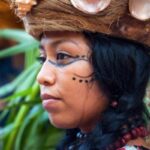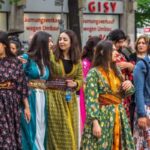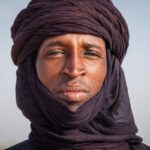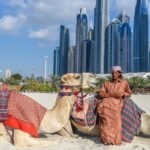We explain what indigenous peoples are and what their general characteristics are. Also, examples in Mexico and the rest of the world.
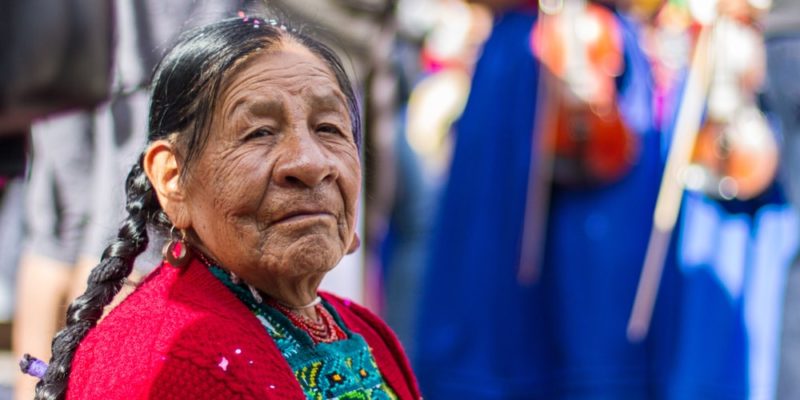
What are indigenous peoples?
Indigenous peoples, also called native or aboriginal peoples, They are social groups with a specific ethnic identity that maintain an ancestral relationship with a certain territory. These are societies whose local culture survived colonization and domination by foreign forces.
Despite inhabiting different regions and having their own social and cultural practices, the various indigenous peoples of the world share many of their problems and problems. usually have in common the fight for their rights its territory and its self-determination.
The vast majority of indigenous cultures disappeared over time, either due to the violence of conquest or their fusion with the dominant (mainly European) colonial culture. However, many peoples and traditions survive today. Their cultures languages and religions are preserved more or less intact although in many cases they experienced transformations that led to the adoption of various aspects of modern life, which coexist with their ancestral traditions.
So, The different indigenous peoples of the world have a unique and irreplaceable cultural heritage but they usually live in disadvantaged conditions compared to the dominant cultures. For example, many live in situations of extreme poverty.
Therefore, with the objective of protecting indigenous peoples, the United Nations (UN) promulgated the United Nations Declaration on the Rights of Indigenous Peoples (UNDRIP) on September 13, 2007. With this declaration, It sought to take the necessary steps towards special legislation that would allow indigenous peoples to defend their rights and insert themselves in the best possible way into the modern world.
In America, indigenous or native peoples, also called native or aboriginal Americans, are the populations descended from the groups that inhabited said continent before European colonization. Formerly, they were called Indians or Amerindians.
See also: Cultural identity
Characteristics of indigenous peoples

Indigenous peoples usually present the following characteristics:
- have a tradition culture that survived the global expansion of other cultures especially from Western European cultures. Therefore, they usually have customs and forms of social organization different from those of modern States.
- generally constitute a minority sector within one or more States although on some occasions they can reach considerable numbers, even a majority, but this does not guarantee them control of the State or their integration into modern society.
- Their narrative, religious, linguistic, economic, political and social traditions are often marginal within their countries, and often suffer different forms of rejection, discrimination or violence.
- Its members have the same ethnic origin whether they remain faithful to the Aboriginal cultural tradition or integrate more or less into the modern State.
- It is estimated that there are more than five thousand indigenous peoples, distributed in ninety countries. They number a total of 476 million people (approximately 6% of the world's population) and speak more than four thousand different languages. 15% of the poorest populations on the planet belong to indigenous groups.
International Day of Indigenous Peoples
The International Day of Indigenous Peoples, created by the UN, It is celebrated on August 9 of each year. This date commemorates the first meeting of the UN Working Group on Indigenous Populations, which took place in Geneva in 1982.
In this way, the aim is to make visible the contributions of indigenous populations, the value of cultural diversity and the need to dedicate efforts to recognize and defend the rights of the different indigenous peoples of the world.
Examples of indigenous peoples in the world

Some examples of indigenous peoples from different parts of the world are:
- The Maori. They are an ethnic group of Polynesian origin that has lived in New Zealand since before the arrival of European settlers to its coasts. Its unique and original culture is due to the conditions of isolation in which its civilization developed since its arrival in New Zealand, between the years 900 and 1300.
- The Gaoshan. They are aboriginal people from the mountainous regions of Taiwan, possibly descendants of a tribe from mainland China who migrated to the island during the Stone Age. They are made up of sixteen different ethnic groups.
- The years. They are an ethnic group indigenous to the northern part of Japan, the Kuril Islands and Sakhalin Island of Russia. They are also known as ezo, yezo and utari. Currently, thousands of Japanese have a father or mother from this ethnic group.
- The Nenets. Also called Nenezos, Yurak or Samoyeds (because they speak the Samoyedic language), they are indigenous groups that live in Siberia, Russia. Its population in 2021 reached 49,787 people. They were dominated by the Russian Empire from the early 16th century and suffered forced collectivization during the Soviet era, but attempted to maintain their isolation from the rest of the world, which became increasingly difficult due to the expansion of modern life.
- The Yanomami. They are an indigenous population that inhabits the Amazon region of southern Venezuela and the Brazilian states of Roraima and Amazonas. They are divided into three subgroups: the Sanema, the Yanomam and the Yanam. They speak different languages but belong to the same linguistic family, so they manage to understand each other. Some of them live scattered throughout the tropical jungle, although many communities prefer to settle near the Orinoco River, the Mavaca River or the Parima Mountains.
- The Masai. They are pastoral groups from East Africa, who speak a language called Maa and maintain many of their ritual, economic and warrior traditions. They are organized into clans and live in the territories of the current countries of Kenya and Tanzania.
indigenous people of Mexico
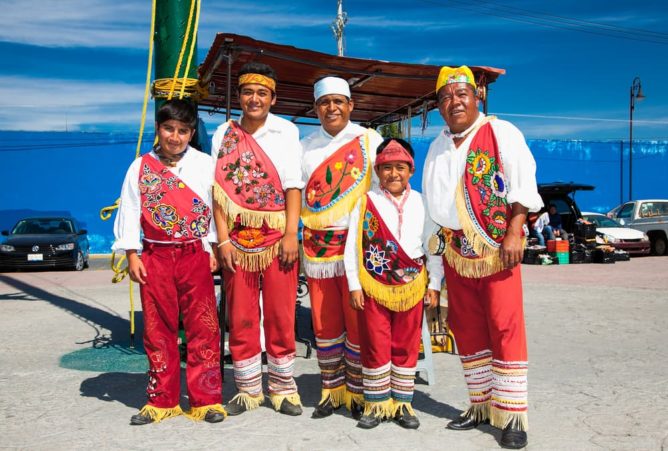
The Mexican nation has an important aboriginal cultural heritage, represented by the different indigenous peoples that inhabit its territory. These towns are mainly found in the regions of the Sierra Madre del Sur, the Yucatán Peninsula and the arid areas of the Sierra Madre Oriental and the Sierra Madre Occidental.
These are not very numerous towns, due to the process of miscegenation and hybridization that began in colonial times, but even so, a good part of the mestizo population keeps certain indigenous traditions alive.
Some of the indigenous peoples of Mexico are the following:
- The Zapotecs. They are located in the southern state of Oaxaca and their inhabitants reach 813,272 inhabitants, mostly bilingual (Spanish and Zapotec).
- The Mayans. The descendants of the Mayan people who inhabited the Mesoamerican region call themselves this name. Now they are mostly concentrated in the Yucatan Peninsula and neighboring regions of Guatemala, Belize and Honduras.
- The Purépechas. They are located in the state of Michoacán, mostly in twenty-two municipalities that constitute the so-called “Purepecha region.” There they are dedicated to agriculture, harvesting, fishing and crafts, especially pottery.
- The Yaquis. They are located in the state of Sonora and their name comes from their main settlement region, along the Yaqui River. Its current population reaches 35,132 people, and was greatly reduced by the wars they fought for years to defend their territory. For this reason, there is also an enclave in Arizona, United States, founded by refugees at the beginning of the 20th century.
- The kikapues. They are located in the states of Coahuila, Sonora and Durango, in Mexico, and in the states of Kansas, Oklahoma and Texas, in the United States. They are essentially hunters who give great importance to their beliefs and traditions. They are presided over by a political and religious leader, who directs the ceremonies and acts as judge and civil authority.
- The Otomi. They are located in central Mexico and their population in 2015 totaled 667,038 people, concentrated mostly in the states of Hidalgo, México and Querétaro, although with a presence in the northern and southern states. The Otomi languages belong to the Otomanguese language family.
- The Mixtecs. The Mixtec people belong to the historical region of Mixteca, a mountain range between the states of Guerrero, Oaxaca and Puebla, where they have been present for thousands of years. Its population in Mexico reaches 819,725 inhabitants.
- The Nahuas. They are a people related to the ancient Aztecs, who fought the Spanish conquerors in the 16th century. They live mainly in central Mexico, although there are also Nahua populations in places such as El Salvador, Honduras and Nicaragua. The Nahuas are the largest Mexican indigenous people, with 2,886,767 inhabitants according to 2015 figures.
References
- Bodley, J. H. (2015). Victims of Progress. Rowman & Littlefield.
- National Institute of Indigenous Peoples. (2020). indigenous peoples. Atlas of the indigenous peoples of Mexico. https://atlas.inpi.gob.mx/
- United Nations. (sf). indigenous peoples. https://www.un.org/es/
- Sanders, D. E. (1999). Indigenous Peoples: Issues of Definition.International Journal of Cultural Property, 8(1), 4-13.

